Flea Bites vs Spider Bites: How to Tell the Difference Between Flea Bites, Bed Bug Bites, and Spider Bites
How can you tell the difference between flea bites, bed bug bites, and spider bites. Learn the signs and symptoms, risks, and treatment options for each type of bite.
Identifying Flea Bites, Bed Bug Bites, and Spider Bites
Flea bites, bed bug bites, and spider bites may sound similar as they all leave red, sensitive, and irritated spots on the skin. However, the way these bites occur and their characteristics can vary significantly. Understanding the differences is crucial to properly address the pests in your home and treat the bites effectively.
Flea Bites
Fleas are blood-feeding parasites that require a live host to survive. If you have pets, there’s a high chance you’ve encountered flea bites. Fleas cannot fly but instead transfer from one host to another by jumping. Once they make their way to your body, they begin biting to feed on blood, resulting in visible flea bites.
Signs and Symptoms of Flea Bites
Flea bites are often found on areas like the feet, ankles, lower legs, armpits, elbows, and knees, as fleas tend to hide within skin folds. These bites appear as small red bumps formed in clusters or lines, making them similar in appearance to bed bug bites. Flea bites can be very itchy.

Risks of Flea Bites
While flea bites may seem harmless, they can lead to skin infections if left untreated. The bites can result in blisters that may break, exposing the skin to potential secondary infections. Some types of fleas can even burrow into the skin, causing dark spots and signs of infection. Individuals with flea allergies may develop hives or a rash, and some fleas may transmit diseases like typhus.
Treating Flea Bites
To treat flea bites, it’s important to avoid scratching to reduce the risk of infection. Topical creams can help relieve itching, and taking a shower (avoiding hot water to prevent further skin irritation) can also help. Those with flea allergies may need to take antihistamines to reduce the effects of the allergic reaction. In some cases, where skin infection occurs, a doctor may prescribe antibiotics.
Preventing Flea Bites
If you have pets, regularly check them for fleas and use flea collars or anti-flea medications. Mowing your lawn frequently can also help prevent fleas from entering your home. Thoroughly sweeping and vacuuming your floors, especially if you have carpets, can help eliminate potential flea habitats.

Bed Bug Bites
Unlike fleas, bed bugs prefer to feed on human blood. They cannot jump like fleas, so they are limited to turning your bed into a feeding ground. Bed bugs often prey at night when you’re asleep, and you can pick them up in various ways, such as visiting a friend’s house or staying in a hotel infested with the bugs.
Signs and Symptoms of Bed Bug Bites
Bed bug bites appear as red bumps, often formed in a straight line of three to four bites, as the bugs tend to feed in patterns. While bed bug bites may or may not cause itchy bumps, they can start to feel hard to the touch. Bed bugs typically bite the upper body, unlike fleas, which prefer the lower body and skin folds.
Risks of Bed Bug Bites
Bed bug bites themselves are not usually dangerous, but they can cause significant discomfort and skin irritation. In some cases, individuals may experience an allergic reaction to the bed bug saliva, leading to more severe symptoms. Bed bug infestations can also be difficult to eradicate, posing a persistent problem for affected households.

Treating Bed Bug Bites
To treat bed bug bites, you can use over-the-counter topical creams or ointments to alleviate itching and swelling. Antihistamines may also be helpful for individuals with more severe reactions. In cases of secondary skin infections, a doctor may need to prescribe antibiotics.
Preventing Bed Bug Infestations
To prevent bed bug infestations, be vigilant when traveling and inspect your sleeping areas for signs of the bugs, such as their shells or feces. Regularly washing and drying your bedding on high heat can also help eliminate any potential bed bug populations in your home.
Spider Bites
While spider bites may appear similar to flea and bed bug bites, they have distinct characteristics that set them apart. Spider bites are typically caused by the venom injected by the spider during the bite, which can lead to various symptoms and reactions.
Signs and Symptoms of Spider Bites
Spider bites can vary in appearance, ranging from small, red, and itchy bumps to more severe reactions like blisters, swelling, and pain. The location of the bite and the type of spider responsible can also affect the symptoms. Some spider bites may even cause systemic reactions, such as nausea, fever, and muscle pain.
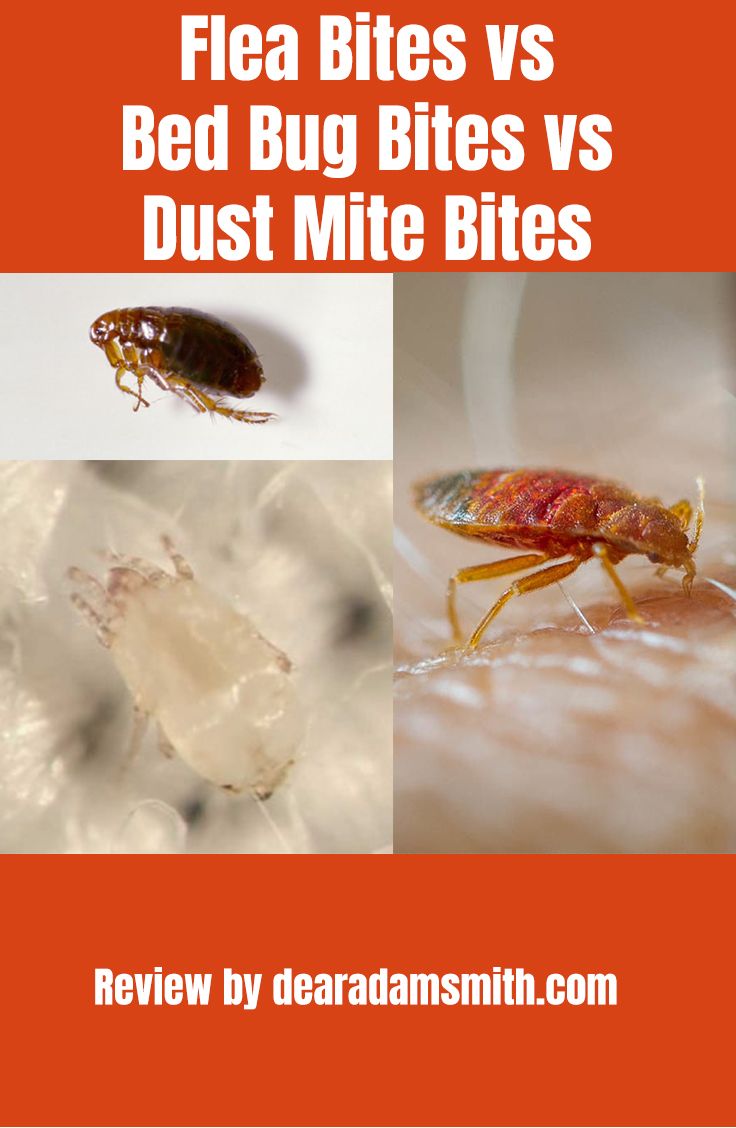
Risks of Spider Bites
The risks associated with spider bites depend on the species of spider responsible. Most spider bites are relatively harmless and cause only minor discomfort. However, some species, such as the black widow or the brown recluse, can deliver more potent venom that can lead to serious medical complications if left untreated.
Treating Spider Bites
The treatment for spider bites depends on the severity of the reaction. For mild bites, over-the-counter pain relievers, antihistamines, and topical creams can help alleviate symptoms. In more severe cases, especially if the bite is from a venomous spider, immediate medical attention is crucial to prevent potential complications and provide appropriate treatment, which may include antivenom or other specialized interventions.
Preventing Spider Bites
To prevent spider bites, it’s important to be cautious when handling or disturbing areas where spiders may be present, such as under rocks, in woodpiles, or in dark, undisturbed corners of your home. Regularly inspecting and removing potential spider habitats can also help reduce the risk of encounters.
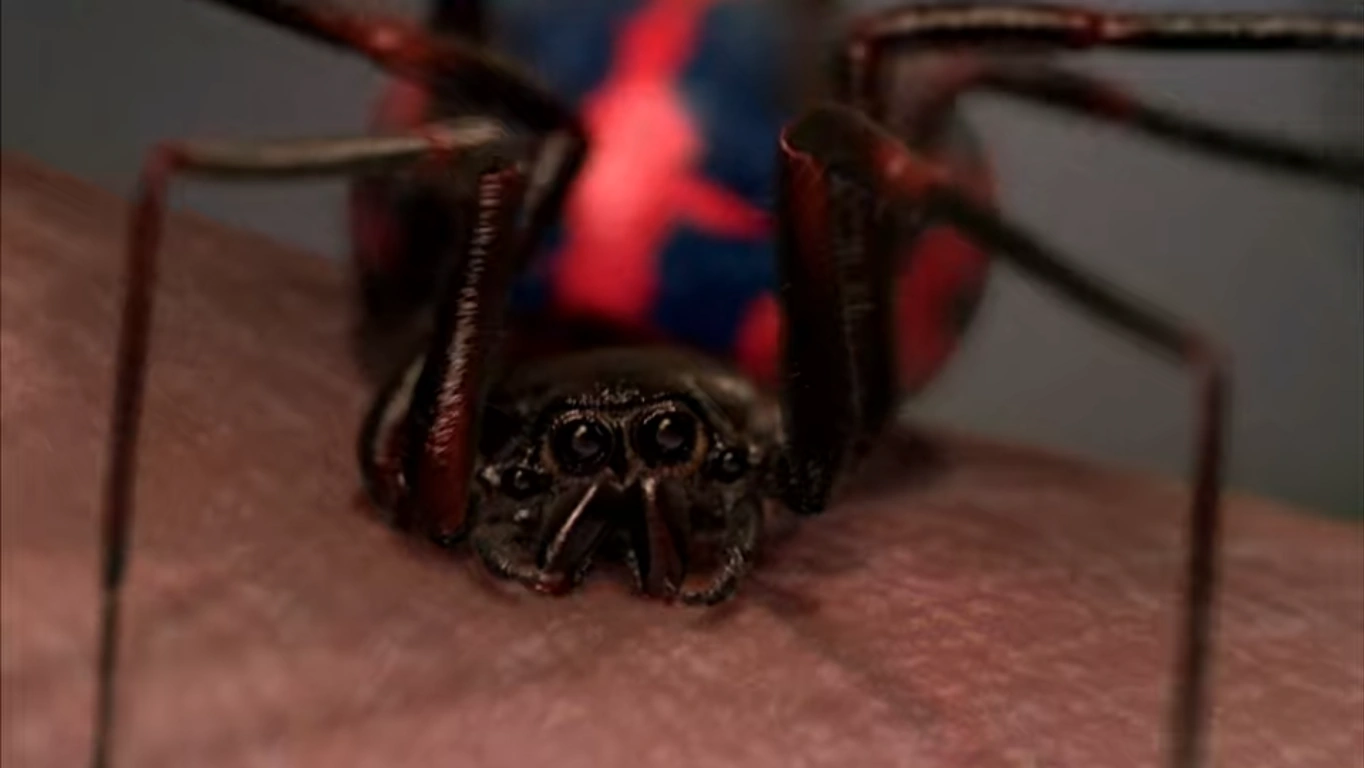
Differentiating Between Flea Bites, Bed Bug Bites, and Spider Bites
While flea bites, bed bug bites, and spider bites may share some similarities in their appearance, understanding the unique characteristics of each type of bite is crucial for proper identification and treatment. Factors like the location of the bites, the pattern in which they appear, and the associated risks and symptoms can help you determine the underlying cause and take appropriate action to address the problem effectively.
How to Tell the Difference Between Flea Bites, Bed Bug Bites, and Spider Bites
Plenty of homes are susceptible to pests. You may not know it, but there could be a number of pests inhabiting your home, but you don’t notice it until you see it or until you see signs and symptoms that can negatively affect your household. For instance, take flea bites, bed bugs, and spider bites.
So how do you tell the difference between flea bites, bed bugs, and spider bites? All three look slightly similar and leave sensitive red spots on your skin, but factors like clustering, the number of bites, and risks of infection are good indicators. So, before you can properly address the pests in your home, you need to first know what you’re dealing with. Here’s what you should know about flea bites, bed bug bites, and. spider bites, including ways to treat and prevent them from recurring.
Flea Bites vs. Bed Bugs vs. Spider Bites
Flea bites, bed bugs, and spider bites may sound similar in the sense that they leave red, sensitive, and irritated spots on your skin. However, this is usually where their similarities end. How these bites end up on your body and biting your skin can vary, so it’s important to treat them accordingly.
However, this is usually where their similarities end. How these bites end up on your body and biting your skin can vary, so it’s important to treat them accordingly.
Flea Bites
Fleas feed on blood, so they require a live host to survive. If you have pets, there’s a high chance that you’ve gotten flea bites because of them. Fleas cannot fly, but transfer from one host to another by jumping. Once they make their way to your body, they begin biting to feed on blood, resulting in visible flea bites.
Signs and Symptoms of Flea Bites
Fleas often hide within skin folds, so you’ll find these bites on areas like your feet, ankles, lower legs, armpits, elbows, and knees. They also feed whenever they get a chance, so you’re likely to develop many bites over time. Flea bites are small red bumps formed in clusters or lines, so it might be difficult to differentiate them from bed bugs, which are similar. These bites can be very itchy.
Risks
Fleas can feel harmless, but left untreated, they can lead to skin infections. Flea bites can result in blisters, which can break naturally or through scratching because of its itchiness. The broken skin may be susceptible to secondary infection. Some types of fleas can burrow into your skin and cause dark spots and signs of infection.
Flea bites can result in blisters, which can break naturally or through scratching because of its itchiness. The broken skin may be susceptible to secondary infection. Some types of fleas can burrow into your skin and cause dark spots and signs of infection.
If you have an allergy to fleas, you may develop hives or a rash. Some fleas may also be infected and can transmit diseases like typhus.
How to Treat Flea Bites
Avoid scratching your flea bites to reduce the risk of infection. You can buy topical creams that can relieve itching. Otherwise, flea bites rarely require treatment. Simply taking a shower (avoid hot water, since this will further irritate your skin) and washing the bite area can reduce the risk of infection. Those with flea allergies can take antihistamines to reduce the effects of an allergic reaction.
Flea bites can go away on their own within a few weeks. In some cases, people may experience swelling, pain, and fever from skin infection. Your doctor may prescribe antibiotics to treat these effects.
How to Prevent Flea Bites
If you have pets, check your pet and see if they have fleas. You can tell they might have fleas if they tend to scratch more often than usual. Use a flea collar or bathe your pet regularly in anti-flea soap or medication. If they go outdoors, mow your lawn often to prevent them picking up fleas and other pests. Doing this can prevent a flea infestation inside your home.
Fleas can survive certain environments before moving on to their host. Your floors are particularly susceptible to fleas, so always make sure to sweep and vacuum your floors. If you have carpet flooring, have them steam cleaned at least once every six months.
Bed Bug Bites
Unlike fleas that prefer furry hosts, bed bugs tend to feed on human blood. They cannot jump like fleas, so they’re limited to turning your bed into a feeding ground. While fleas bite whenever they can, bed bugs feed every three days or so and often prey at night when you’re asleep.
You can pick up bed bugs in a number of ways, from visiting a friend’s house to spending a night in a hotel infested with bugs. It might be possible that these bugs transferred from these places and ended up on your body, which you then brought home. You can tell your bed has a bed bug infestation if you see bugs or their shells or feces on your bed.
It might be possible that these bugs transferred from these places and ended up on your body, which you then brought home. You can tell your bed has a bed bug infestation if you see bugs or their shells or feces on your bed.
Signs and Symptoms of Bed Bug Bites
Bed bug bites appear in red bumps formed in a straight line of three to four bites, as bed bugs form patterns when they feed. Bed bug bites may or may not cause itchy bumps, but they can start to feel hard to the touch.
While fleas tend to bite under your skin folds and your lower body, bed bugs bite at your upper body, particularly your face, neck, arms, and hands. This is because they’re attracted to your body heat, especially close to your nose because of the carbon dioxide when you exhale.
Risks
Although uncomfortable, bed bite bugs have a lower risk of transmitting diseases compared to fleas. However, it might be possible to develop an allergic reaction to bedbugs. It’s also possible to develop a secondary infection, especially if you tend to scratch at your bites.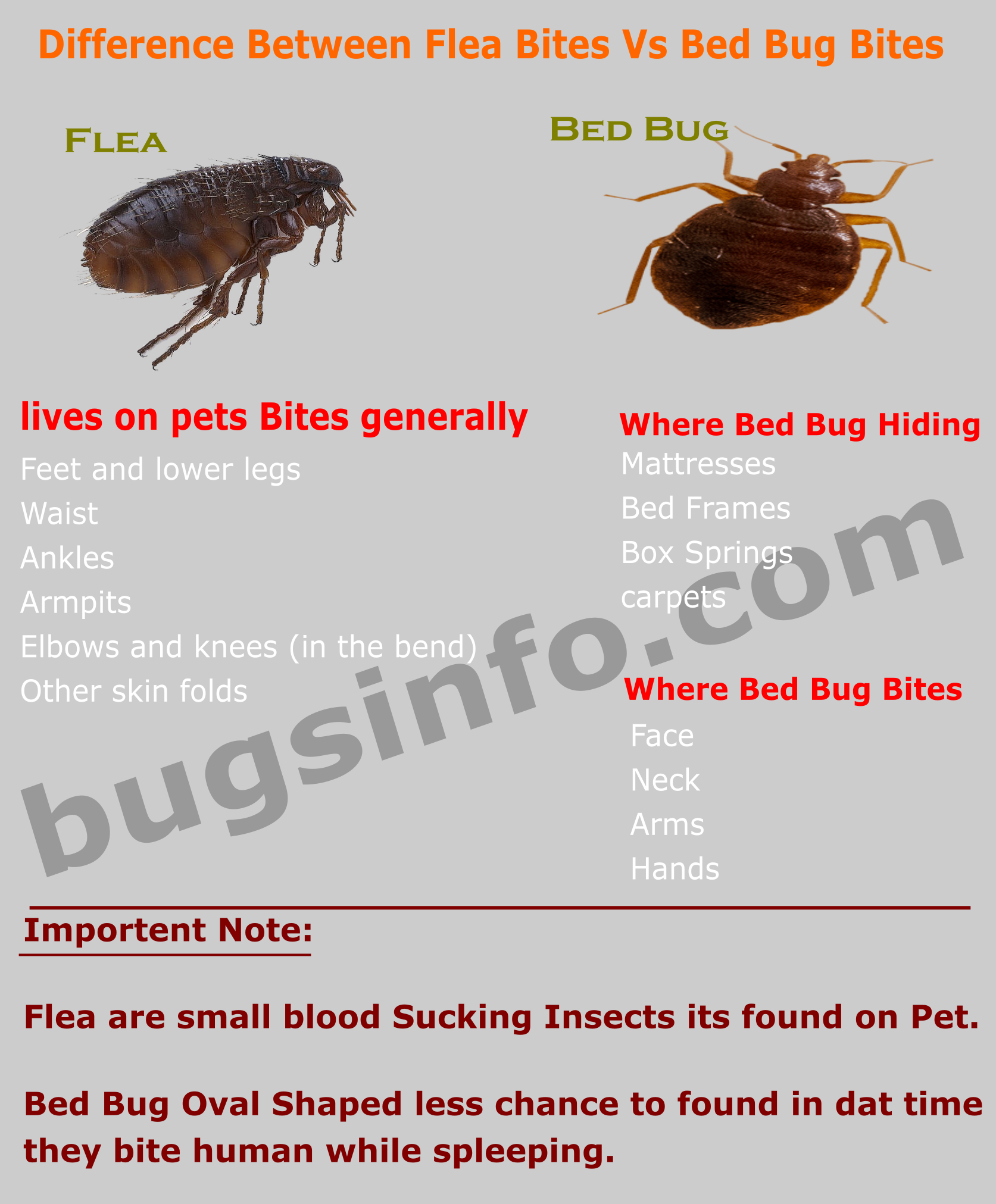
How to Treat Bed Bug Bites
Bed bug bites should disappear on their own after two weeks. During this time, you can use an anti-itch cream or antihistamine to prevent scratching or symptoms of an allergy. However, unless you treat your bed or any potential breeding ground in your home, you’re likely to see new bites after some time, so it’s best to prevent bed bugs from thriving.
If you experience a skin infection or hives from an allergic reaction, see a doctor. They will provide antibiotics, antihistamines, or topical steroids that can treat more moderate effects of bed bugs.
How to Prevent Bed Bugs
Practicing good hygiene especially with your bedsheets can reduce the chance of bed bugs turning your bed (and other furniture like sofas) into a breeding ground. Ideally, you should be changing your bedsheets and pillow cases every two weeks. If you know there are bed bugs, use hot water and a dryer to kill bed bugs.
The most common signs of bed bugs include when your bed is filled with shed dead skin cells, hair, and other organic materials that could help bed bugs and other types of pests thrive. Also, practice washing up before going to bed, as you may be carrying bed bugs you picked up from outside your home.
Also, practice washing up before going to bed, as you may be carrying bed bugs you picked up from outside your home.
Bed bugs aren’t just limited to your bed. Bed bugs can also inhabit upholstered furniture like dining chairs and sofas. Keep these furniture clean by vacuuming at least once a week.
Spider Bites
Spiders are generally harmless and feed on other insects. However, when they feel threatened, they may react by biting humans. Most common house spider bites are harmless and may only show minimal effects that can go away with time. However, there are some types of spiders with venomous bites, so it’s important to know if you’re dealing with this type of spider bite.
Signs and Symptoms of Spider Bites
Unlike fleas and bed bugs, spiders only create a single bite mark. This means if you see a single red bump on your skin with two nearby punctures, this may be a spider bite. These itchy bites can be red and swollen. However, some bites can be so small and painless that you won’t notice it at all.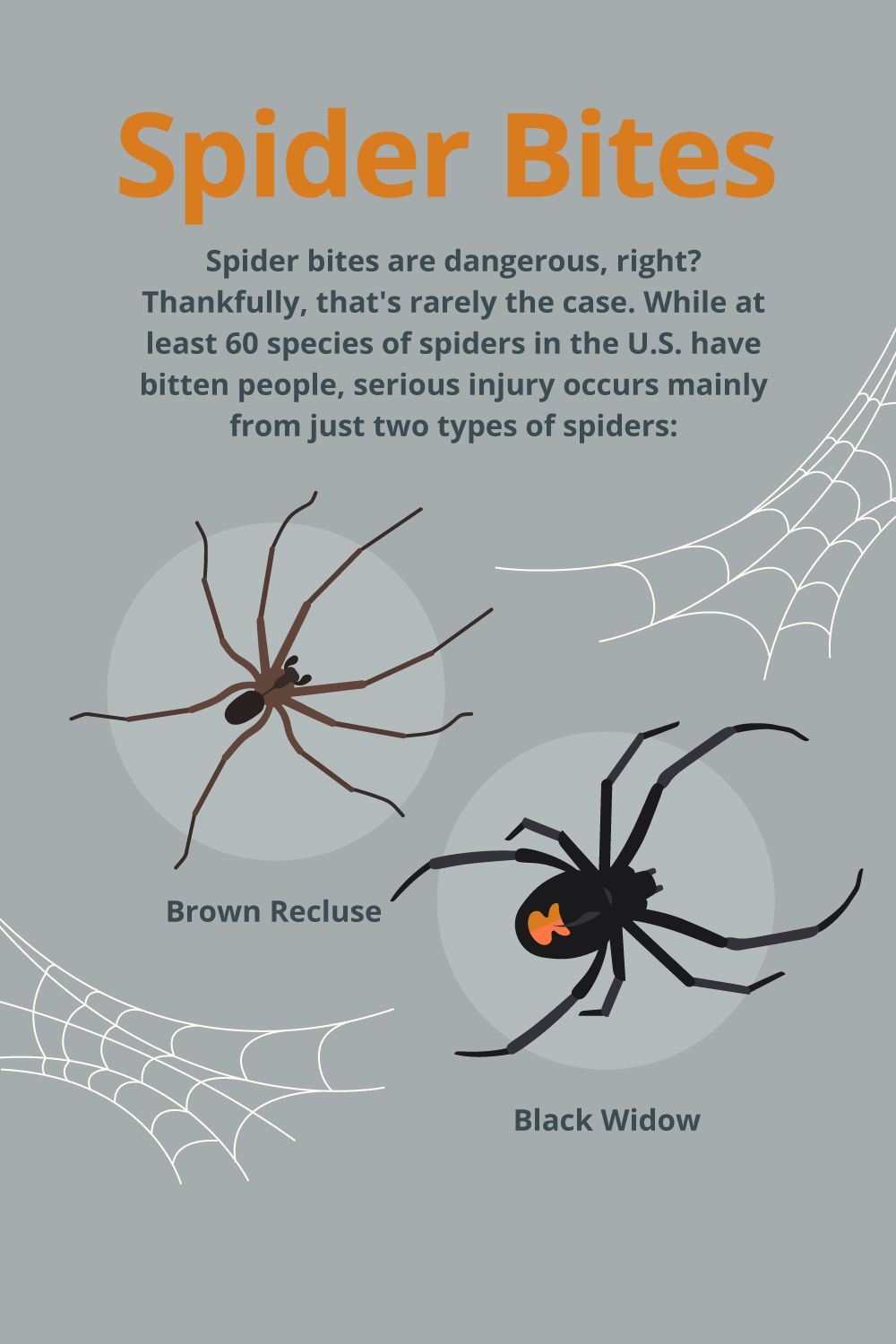 Like other insect bites, scratching and touching the actual bite can lead to an infection if you’re not careful.
Like other insect bites, scratching and touching the actual bite can lead to an infection if you’re not careful.
Spider bites from widow spiders and recluse spiders, however, can be much more serious. A black widow spider bite can be more painful and can spread beyond the bite area and to your abdomen and chest. Common symptoms can include severe cramping, nausea, vomiting, tremors, and sweating. The effects of black widows can last for up to three days.
Brown recluse spider bites, on the other hand, can have intense pain that can last for eight hours, on top of the fever, chills, and sharp pains throughout the other parts of the body. The bite will be initially red, but it can form a dark blue or purple ring around it with a pale center. The bite will then develop into an open sore and the skin around it will start to die.
Risks
Most spiders are venomous. However, only two species of spiders – the widow and the recluse – are particularly dangerous to humans.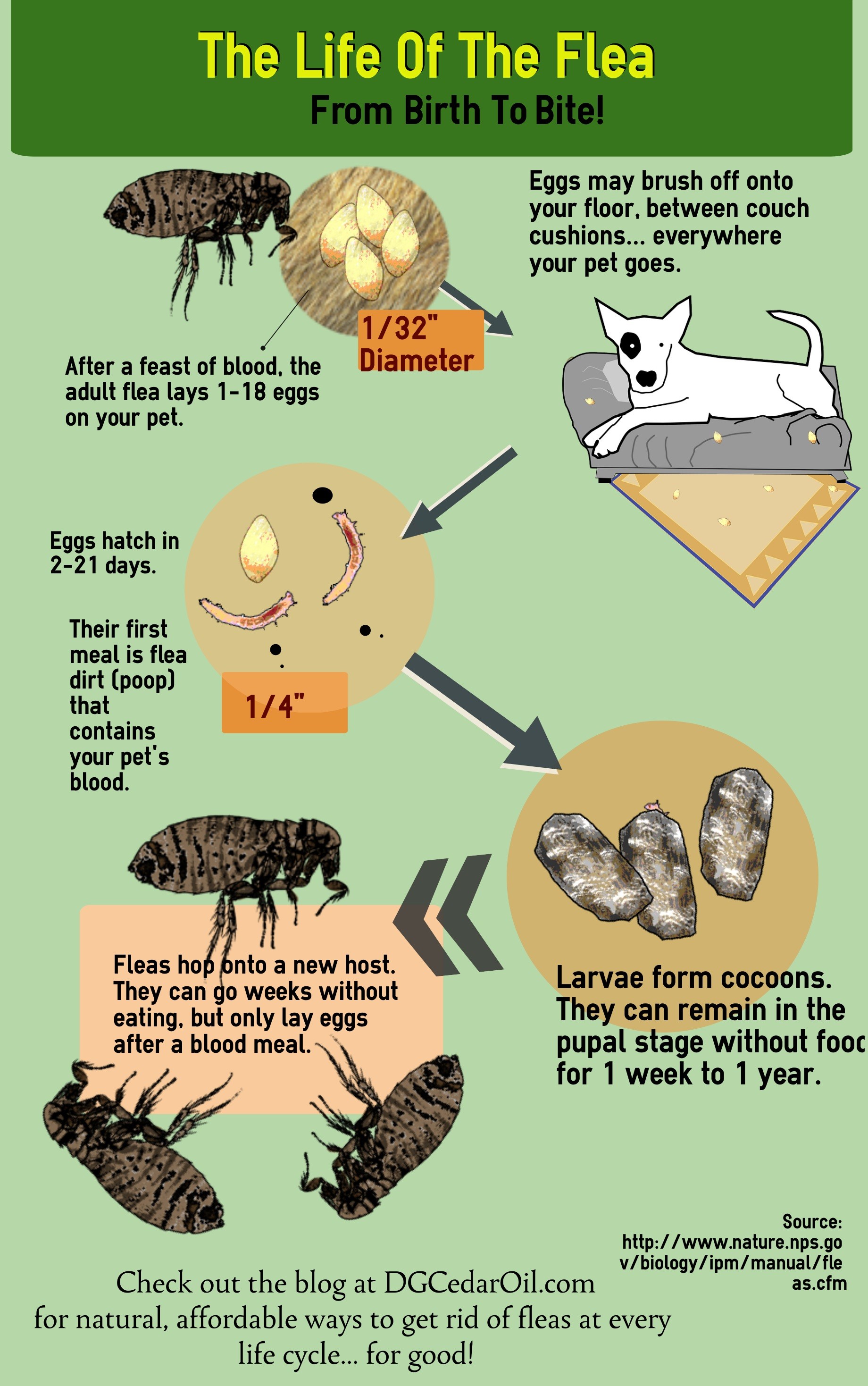 If you were bitten by a venomous spider falling under these species, you should seek immediate medical care.
If you were bitten by a venomous spider falling under these species, you should seek immediate medical care.
For any other common spider, the risks are very low – even if they’re a venomous spider. When it comes to humans, a spider’s best instinct is to run or hide. In very rare cases, spiders may bite as a last resort. This is because their venom takes a while to replenish, which they need to paralyze pests that they can actually eat. So, it’s highly unlikely that they would waste their venom on humans because they risk starving to death.
How to Treat Spider Bites
In case of a spider bite from a widow or recluse spider, seek medical care immediately. If you experience any other symptoms like difficulty breathing, high fever, chills, and sweating, seek medical treatment as you might be having an allergic reaction.
Otherwise, common spider bites produce no other symptoms and fade away after some time. To avoid infection, clean the bite with warm water and soap. If there is mild pain, you can treat this with over-the-counter pain relievers or antihistamines for itching and swelling.
If there is mild pain, you can treat this with over-the-counter pain relievers or antihistamines for itching and swelling.
How to Prevent Spider Bites
Spiders inhabit the dark corners of your home and hard-to-reach areas that humans can’t reach. The best way to avoid spider bites is to prevent making secluded areas in your home a good breeding ground for them. Remember to clean your house thoroughly, vacuuming in areas where spiders are likely to build spiderwebs.
If a spider lands on your skin, flick it off rather than crushing it on your skin. They’re more likely to bite you when you press on them.
Prevent Insect Bites at Home with Yale Pest Control
To recap: flea bites are clusters usually found on your lower body underneath skin folds most likely from fleas that came from your pets. Bed bug bites are a line of bumps that usually appear on your upper body from bugs inhabiting your bed and furniture. Lastly, spider bites are singular bites that come from provoking a spider.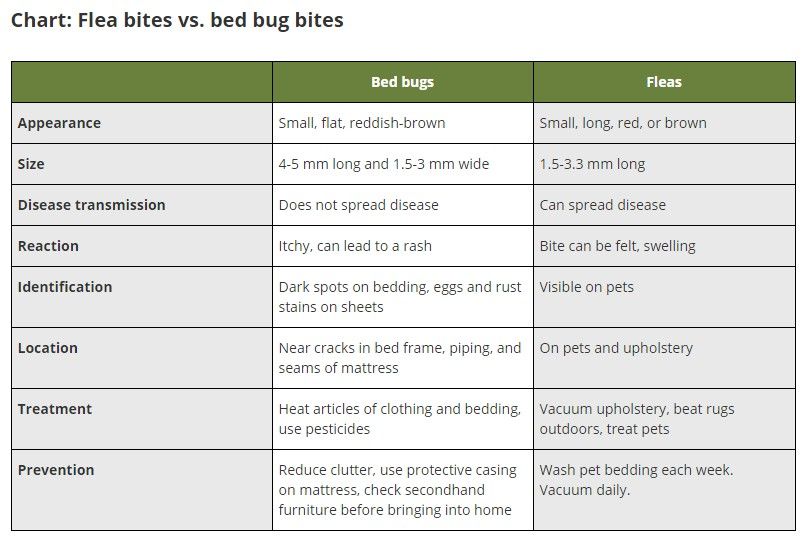 While these three are generally harmless, there’s a risk of skin infection and allergies, so it’s best to avoid all three.
While these three are generally harmless, there’s a risk of skin infection and allergies, so it’s best to avoid all three.
Yale Pest Control understands the best and most reliable ways to get rid of these pests, along with other insects and rodents, for homes and businesses in Connecticut. We understand how pests live, feed, and breed. This, coupled with our experience and trained professionals, ensure a clean space you can feel safe in. Call us today for a free quote.
Doctors Find Venomous Brown Recluse Spider In Woman’s Ear
- Missouri woman Susie Torres thought she had water in her ear, but a medical team quickly discovered a spider inside of it.
- They extracted a dime-sized, venomous brown recluse spider from her left ear. Torres luckily did not receive a bite.
- Brown recluse spiders, most commonly found in Midwestern and southern states, can cause serious bites that immediate require medical attention.
When Susie Torres heard popping and swishing sounds in her left ear, she simply thought she had some water sloshing around in there.
“I woke up Tuesday hearing a bunch of swooshing and water in my left ear. It was like when you went swimming and you have all of that water in your ear,” Torres told local station Fox4 Kansas City. Thinking it was just a side effect of an allergy shot, she went to the doctor after work, but what the medical assistant found next was the stuff of nightmares.
After two more nurses, three medical students, and a doctor took a closer look, they told Torres she had a spider in her ear, CNN reports. Flushing her ear with water didn’t seem to do much, so they decided to try and pull it out. “Seeing the instruments they were going to put in my ear started to make me panic,” she said.
But what they fished out (in one piece) wasn’t your harmless daddy long-legs—it was a dime-sized, venomous brown recluse spider, which is most commonly found in the Midwest and southern states, per the Centers for Disease Control and Prevention (CDC).
“The brown recluse spider cannot bite humans without some form of counter pressure, for example, through unintentional contact that traps the spider against the skin,” the CDC site states. However, a bite will cause a small white blister and “the venom of a brown recluse can cause a severe lesion by destroying skin tissue (skin necrosis). This skin lesion will require professional medical attention.”
benjaminjk//Getty Images
“The nurses said it was dead, but they might’ve just said that so I wouldn’t freak out,” Torres told CNN.
Brown recluse spiders are most often found in workplaces that are dry, secluded, and sheltered, the CDC says. These locations typically have structures like logs or piles of rocks or leaves in the area. However, if one of these creepy crawlers makes its way into your home, they like to camp out in dark closets, attics, or even shoes.
Torres believes the spider may have crawled into her ear while she was sleeping, so now she’s extra careful and wears ear plugs.
“I went and put some cotton balls in my ears last night. I’m shaking off my clothes, and I don’t put my purse on the floor,” she told Fox4. “I’m a little more cautious.”
Stay updated on the latest science-backed health, fitness, and nutrition news by signing up for the Prevention.com newsletter here. For added fun, follow us on Instagram.
Alisa Hrustic
Deputy Editor, Prevention
Alisa Hrustic is the deputy editor at Prevention, where she leads the brand’s digital editorial strategy. She’s spent the last five years interviewing top medical experts, interpreting peer-reviewed studies, and reporting on health, nutrition, weight loss, and fitness trends for national brands like Women’s Health and Men’s Health. She spends most of her days diving into the latest wellness trends, writing and editing stories about health conditions, testing skincare products, and trying to understand the next greatest internet obsession.
Bed bug bites vs spider bites: difference and comparison
You find strange bites on your legs when you first wake up. So, you’re sure it wasn’t a flea or mosquito bite. Is it possible that you were bitten by a spider? It is also possible that you are infested with bed bugs. 1 / 100003
alum
potassium permanganate
lime
2 / 10
What is the function of root hair cells?
Absorb oxygen
Absorb water
To absorb carbon dioxide.
For the absorption of water and minerals/nutrients.
3 / 10
Which food has the most energy?
Carbohydrate
Protein
Fat
Vitamin
4 / 10
Carbonated water contains
Carbonic acid
Sulfuric acid
Carbon dioxide
Nitric acid
hand sanitizers?
Aldehyde
Acetic acid
Alcohol
Ketones
6 / 10 003
dark
Light and dark
None of the above
7 / 10
Balloons filled
nitrogen
helium
oxygen
argon
900 02 8 / 10
The element common to all acids is
Hydrogenation
carbon
sulfur
oxygen
9 / 10
What is another name for Newton’s first law?
Action-reaction
Change of momentum
Law of inertia
Permanent impulse
10 / 10
The hardest substance available on Earth is
Gold
Iron
Diamond
Platinum
9 0002 your account
It can be difficult to distinguish between a spider bite and an insect bite. Both look the same and don’t itch as much as flea or mosquito bites.
Both look the same and don’t itch as much as flea or mosquito bites.
Key Findings
- Bed bug bites appear in clusters and are often clustered, while spider bites usually occur as a single bite.
- Bed bug bites usually cause itching and burning, while spider bites can cause pain, swelling and redness.
- Bed bug bites usually appear on areas of the body exposed during sleep, while spider bites can occur anywhere on the body.
Bed bug bites versus spider bites
Bed bug bites are small, red and clustered together. They appear on areas of the body exposed during sleep and can cause intense itching. Spider bites may appear as two puncture wounds with redness and swelling. Symptoms can vary and may include pain, muscle spasms, etc.
Would you like to save this article for later? Click on the heart in the lower right corner to save to your own block of articles!
Bedbugs are tiny parasitic insects that feed on the blood of both humans and animals. They can be found in your mattress, furniture, carpet, and clothes, among other things.
They can be found in your mattress, furniture, carpet, and clothes, among other things.
They are most active at night, preying on unsuspecting victims while they sleep.
Bed bug bites are rarely dangerous, although they can be annoying and painful if you get them. They can infect you or cause you to be allergic to something.
Spider bites are extremely rare, as are most of them. The venom of spiny animals contains poison, but human skin cannot be pierced by the tiny fangs of the vast majority of animals. Spiders.
In this case, you may not even know that you have been bitten by a spider. Instead of thinking that a spider bit you, you can believe that an insect did it.
Comparison table
| Comparison parameters | Bed bug bites | Spider bites |
|---|---|---|
| Bite mark | Bed bug drinking straw is so thin that it is difficult to detect the bite.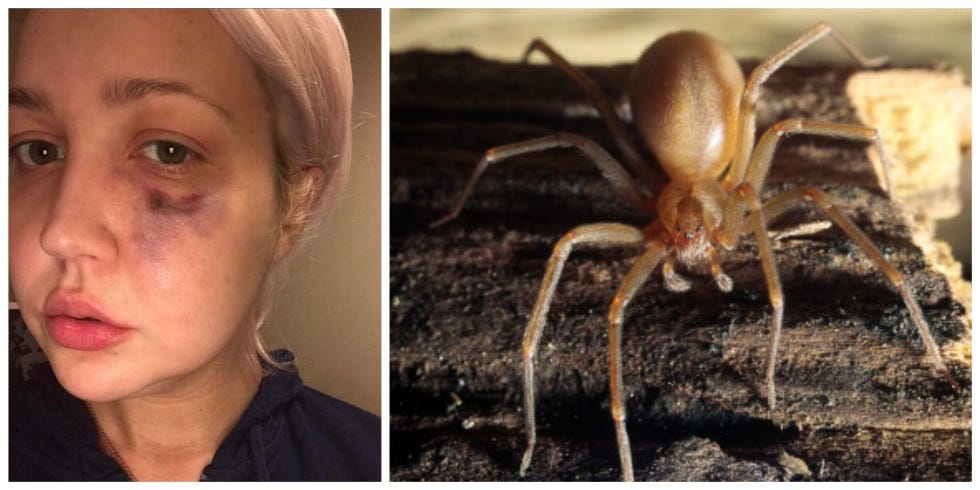 | Spiders have two sets of teeth, so they leave two small holes where they bite. |
| Bite size | Bed bug bites are often the size of a pimple. | Because spider bites are generally larger than bed bug bites, they can be as large as a knuckle. |
| Bite Variability | Bed bugs occur in only two main species, and both species bite in the same way. | Because there are so many different types of spiders, some bites are significantly larger than others. |
| Number of bites | Bed bugs are social insects that feed in packs. There are often a large number of bites in a cluster. | They are solitary creatures that do not gather or attack in packs. |
| Are bites contagious? | Not very often unless you scratch them in an attempt to get them to open more often. | Often because these are larger wounds. |
What are bed bug bites?
Bed bugs can range in size from 1 mm to 7 mm. It is reddish brown in color and has an oval shape. Since they do not have wings, they must be carried from one place to another by animals or people.
It is reddish brown in color and has an oval shape. Since they do not have wings, they must be carried from one place to another by animals or people.
Bedbug bites do not always lead to overt symptoms. Lines or clusters of bites are red and swollen with dark spots in the center, and some bites itch when symptoms appear. Bite lines are arranged in lines or groups.
Bed bugs don’t have a preference for where you sleep. However, they prefer to bite on exposed skin such as the face, neck, arms, and hands while you sleep. Bites that turn into fluid-filled blisters can occur in some cases.
There is no immediate pain from a bug bite, as the insect releases a small amount of anesthetic before feeding on humans. Symptoms of a bed bug bite can take up to a week to appear.
Bed bug bites are often red and swollen. There may be several insect bites on your body at once. Itchy bites are normal. Some people report feeling like they are on fire after using these products.
It is possible that bed bugs do not feed every night in your home. Even without food, they will live for several days.
What are spider bites?
Spiders are arachnids, not insects. They belong to the same family as scorpions, ticks and mites. Eight legs are characteristic of all these arachnids. Spiders play an important role in the food chain by eating pests that can harm crops.
There are at least 60 different types of spiders in the United States, but only a few of them are dangerous to humans. Black widows, brown recluses, and hobo spiders are some of the deadliest spider species.
Children and the elderly are most vulnerable to bites from black widows and brown recluses due to their small size (which may be weak or in poor health).
Spider bite kills less than three individuals per year. The vast majority of these deaths are due to children.
The symptoms of a spider bite may vary depending on the type of spider that has bitten you.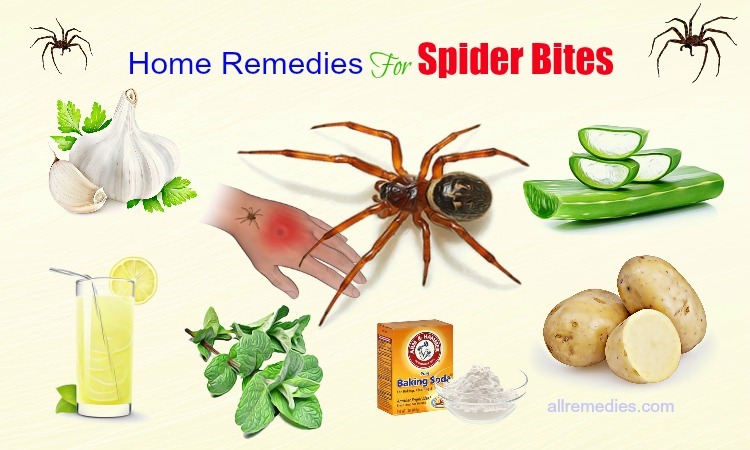 The agony of being bitten by a black widow spider is like being pricked with a pin. As a result, the bite site becomes numb.
The agony of being bitten by a black widow spider is like being pricked with a pin. As a result, the bite site becomes numb.
Brown recluse spider bites do not cause immediate discomfort or overt symptoms. Instead, an hour after the bite, you may still experience discomfort. In most cases, the bite of a hobo spider will not be painful.
Key differences between bed bug bites and spider bites
- Some spider bites can cause serious gastrointestinal disturbances such as spasms and vomiting. Itching from bed bug bites, that’s all.
- Most bed bug bites do not require treatment. On the other hand, spider bites may require injections of antivenom.
- Bed bug bites appear in groups and in a linear pattern on the arms, neck, trunk and back. On the other hand, spider bites are most commonly found on the hands, forearms, and fingers.
- Spider bites leave a single swollen bump on the skin, while bed bug bites leave many smaller bumps.
- Spider bites usually take longer to heal than bed bug bites.

Recommendations
- https://jamanetwork.com/journals/jamadermatology/article-abstract/547915
- https://www.cabdirect.org/cabdirect/abstract/20103083473
One request?
I put so much effort into writing this blog post to provide you with value. It will be very helpful for me if you consider sharing it on social networks or with your friends/family. SHARE ♥️
Piyush Yadav
Piyush Yadav worked as a physicist in the local community for the last 25 years. He is a physicist passionate about making science more accessible to our readers. He holds a Bachelor of Science degree and a Graduate Diploma in Environmental Science. You can read more about him on his bio page.
Bed fleas | “Des-A-Service” Kaliningrad
Request a call back
Fill out the form and we will contact you right away
*By submitting a request, you agree to the processing of personal data
Navigation bar
/
/
Common people call bed fleas living in underwear. As a separate species, they do not exist, they include land, dog, cat and others. The main feature that unites all species is a parasitic way of life. Fleas drink the blood of humans, wild and domestic animals.
As a separate species, they do not exist, they include land, dog, cat and others. The main feature that unites all species is a parasitic way of life. Fleas drink the blood of humans, wild and domestic animals.
Hungry parasites attach themselves to exposed areas of the body – arms, chest, neck and feet. Bites cause unbearable itching, redness and allergic reactions. Bloodsuckers carriers of helminths and fungi. The most dangerous are considered carriers of infectious diseases – typhus, plague, brucellosis and rickettsiosis. Due to the difficulty of diagnosing transmitted diseases, they can cause exhaustion, up to the death of newborns and weak animals.
How to tell bed fleas from bed bugs?
Miniature wingless fleas, unlike bedbugs, have strongly developed hind limbs and lack of wings, which maximally adapts them to a parasitic lifestyle. Powerful limbs help to overcome long distances, and an elastic shield in the thoracic region, working on the principle of a spring, makes jumps several times larger than its own size.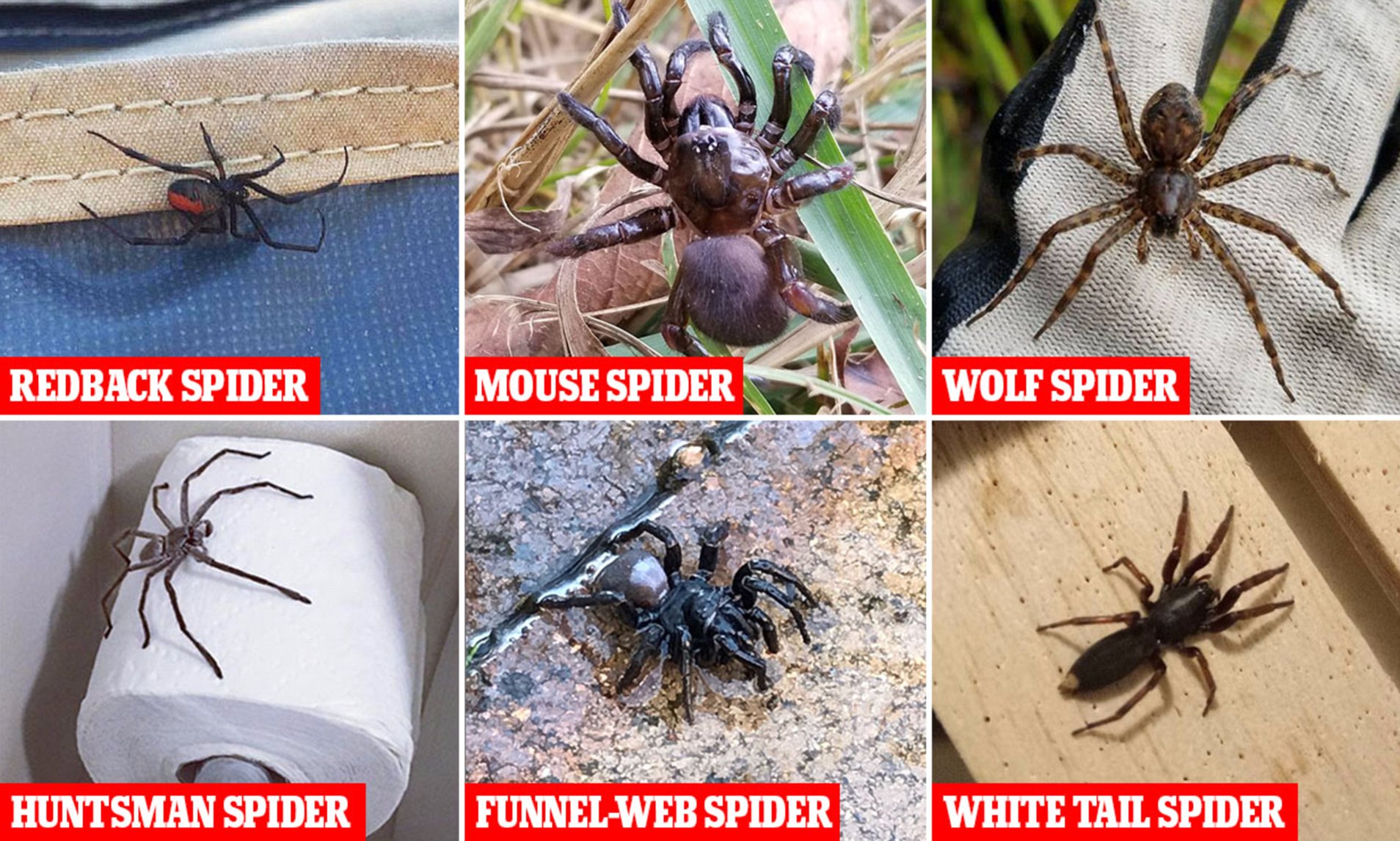
Fleas have distinctive external features and structural features:
- Rounded smooth body, laterally compressed, covered with a chitinous shell.
- The color of a mature individual has a yellow or brown tint, and a young one is black.
- The size of fleas does not exceed 10 mm, on average 4-5 mm in length.
- Small bristles are scattered around the body, helping to cling to the victim’s coat and clothing.
- Powerful, long hind limbs allow movement up to 1.9 m/s. Jump up to 30 cm high and 18 cm long.
- Short wings, as residual signs of evolution, do not perform a flying function.
- The mouth apparatus in the form of a proboscis of a piercing-sucking type allows piercing and sticking to the body for several hours.
- Sensory organ antennae – antennas help to navigate in space.
Bed fleas have a strong body covered with a chitinous cover. The frame reliably protects the internal organs of the parasite from external influences, so crushing the insect with a finger will not work.
Due to their tiny size and streamlined body shape, they manage to go unnoticed for a long time. Parasites hide in remote dark corners – under baseboards, behind cabinets and in the folds of upholstered furniture. They move to a sleeping place only in search of food and laying eggs. Hidden lifestyle allows fleas to stay indoors for a long time and increase the population.
Causes of fleas
“Where are the fleas in the house from?” The question arises for everyone who has encountered parasites. Fleas multiply rapidly, when single individuals are found, it is necessary to take immediate action. The success of the events will depend on the efficiency of your actions.
Bed bug control should be carried out with all inhabitants of the dwelling, starting with pets. Removing fleas from an animal will not leave any difficulty. It is important to regularly treat the coat with veterinary drugs, wear a flea collar or bathe with antibacterial shampoos. The situation becomes more complicated when the introduction of fleas occurs by the owners of the dwelling with clothes and shoes. Untidy porches with dirty basements become their habitat. For the purpose of subsistence, earthen fleas move to the 1-2 floors of residential premises, then they enter residential premises on shoes. After saturation with blood, they return back. Carriers of parasites can be rodents that live in attics, sheds and basements.
The situation becomes more complicated when the introduction of fleas occurs by the owners of the dwelling with clothes and shoes. Untidy porches with dirty basements become their habitat. For the purpose of subsistence, earthen fleas move to the 1-2 floors of residential premises, then they enter residential premises on shoes. After saturation with blood, they return back. Carriers of parasites can be rodents that live in attics, sheds and basements.
Signs of fleas
- Unlike bedbugs, fleas attack at any time of the day.
- The flea does not inject anesthetic, so you can feel pain during the bite.
- Fleas bite the legs, chest, neck and scalp.
- Leaves excrement in the form of black dots that can be seen on light colored laundry.
Bed fleas are often confused with bed bug attacks. It is important to correctly determine the bite of which parasite you have suffered:
- Bites cause allergic reactions and swelling, in the first hours the reaction increases, causing severe itching.

- The bite site has clear boundaries, surrounded by a red swollen spot in the middle of which an abscess forms.
- Bites do not have a clear path and are arranged in a chaotic manner.
Bed flea bites
Bed bug bites
To prevent a dangerous infection, wash the bite with water and antibacterial soap and treat with hydrogen peroxide, alcohol and brilliant green. If you are prone to allergic reactions, take antihistamines. A cold compress will help reduce the itching sensation of the affected area.
Seek help from experienced exterminators. We have effective preparations and professional equipment for extermination and preventive measures. We will promptly rid your home of bed fleas and prevent the reappearance of pests.
Other items
06/27/2023
What to do about insect bites?
There are many more insects on our planet than humans. Some of them are completely harmless, while others are dangerous to humans.:max_bytes(150000):strip_icc()/spider-bite-or-skin-infection-83017-v1-5c4552ce46e0fb0001c168f9.png) At any point, except for Antarctica, insect bites can await. To avoid complications after such injuries, one should be able to distinguish them from each other, apply first aid.
At any point, except for Antarctica, insect bites can await. To avoid complications after such injuries, one should be able to distinguish them from each other, apply first aid.
Read article
05/24/2023
How to understand that there are rats in the house and what to do with them?
Rats are very harmful and dangerous animals for humans. They are omnivores and mostly appear in places where humans live. They multiply very quickly, occupying more and more new territories. Their proximity to people is very dangerous, as they carry many diseases that are dangerous to human life and health. Their appearance in the house promises damaged furniture, food and things.
Read article
04/28/2023
Top 10 Ultrasonic Bedbug Repellers
The Ultrasonic Bedbug Repeller is a reliable insect repellant. The article contains the top 10 best devices.


